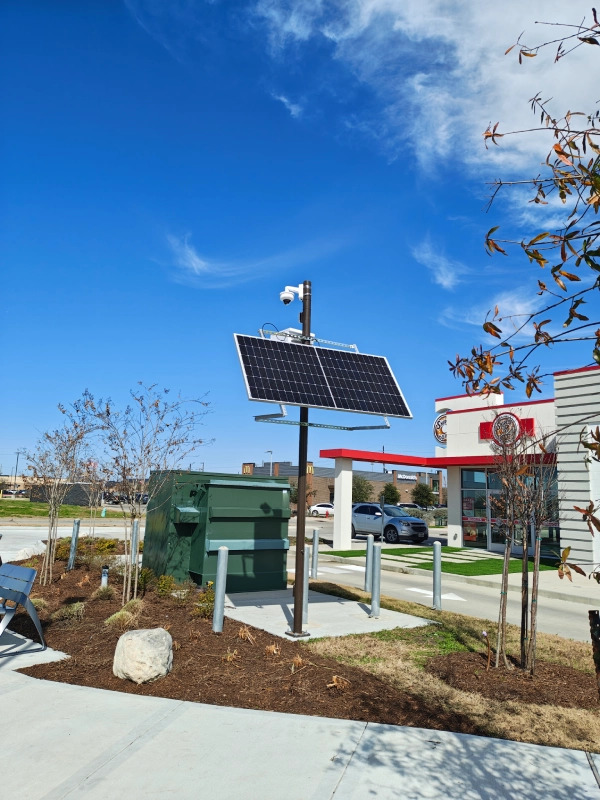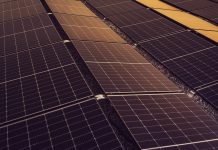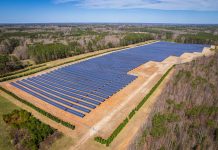When installing pole-mounted solar power systems, it’s crucial to understand the concept of Effective Projected Area (EPA) and its role in structural stability. The EPA is the product of an object’s exposed surface area and its drag coefficient, which represents the resistance an object experiences in a fluid environment— in this case, air.
How Drag Coefficient Affects Pole Selection
The drag coefficient varies depending on the shape and size of an object. A lower drag coefficient means less resistance to wind forces, while a higher drag coefficient indicates more wind load. For example:
- A round surface has a drag coefficient of 0.5 (based on AASHTO LTS-5 Table 3-6).
- A rectangular object has a drag coefficient of 1.2 (AASHTO LTS-5 Table 3-6).
This means a rectangular object experiences about 60% more wind resistance than a round object of the same size. Understanding these values is essential when calculating the wind force acting on an object and selecting the appropriate pole structure.
Calculating Wind Force on a Solar Installation
The wind force on a pole-mounted solar system is determined by multiplying the EPA value by the velocity pressure of the wind. The wind pressure is computed using equation 3-1 in the AASHTO Standard Specifications for Structural Supports for Highway Signs, Luminaires, and Traffic Signals. These standards are typically based on 50 years of wind study data or other relevant methodologies.
Why Wind Load Calculations Matter
Choosing the correct wind speed or pressure is critical, as wind force can sometimes far exceed the actual weight of the object. A good example is a banner, which may weigh only 25 to 30 lbs but, under high wind conditions, can experience forces exceeding 400 lbs. This demonstrates how wind load can significantly impact structural integrity.
For this reason, Suninone strongly recommends consulting a qualified local engineer when designing and selecting poles and foundations.
Engineering Calculations & Professional Recommendations
If you are unsure about your pole-mounted solar system’s stability, consider having engineering calculations performed locally. These calculations typically cost between $500 – $1,000 for a signed and sealed report from a third-party engineering firm.
Ultimately, working with your manufacturer and a local engineering firm will help determine the most suitable pole size, type, and foundation design to ensure your solar equipment can withstand local wind conditions. Additionally, learning about different pole options will help you make an informed decision regarding your system’s final design.





